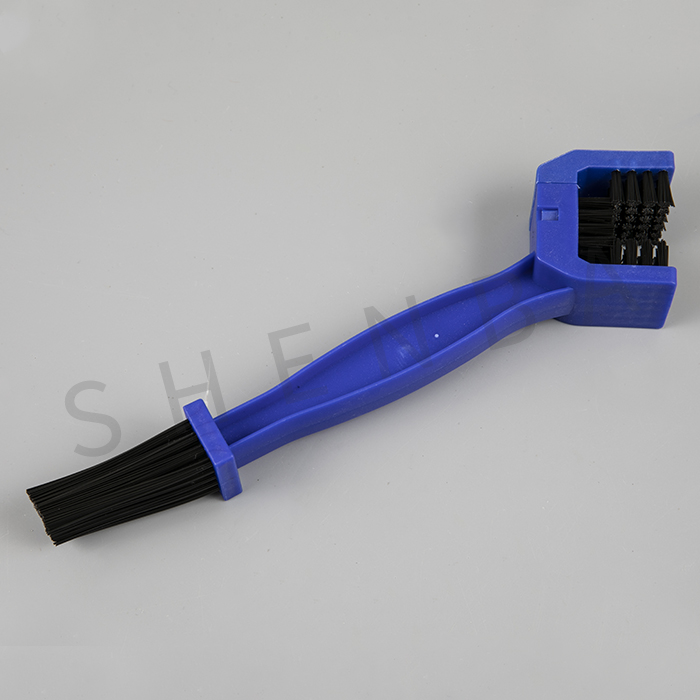Our bicycles come equipped with an unusually large quantity of chain in comparison to what is typically provided. They were able to shift gears in a seamless manner, barely disrupting our rhythm as they brought out the full potential of our fastest sprints. Nevertheless, there is a cost associated with having such a paradoxical nature: As time passes, the pins and inner links of the chain wear down, which results in an increase in the distance that separates each link. Despite the fact that the metal does not stretch in any way that can be measured, this phenomenon is frequently referred to as “chain stretching.” If the chain is not replaced, shifting may be negatively affected, and there may even be issues if the chain breaks. The bike chain cleaning brush is used for cleaning the chain.
To one’s relief, the cost of replacing a bike chain is relatively low, particularly if the task is performed by oneself. In addition to this, if you are aware of the components that you already possess, finding the correct components should not be too difficult. However, there are many pitfalls associated with over-investing in marginal gains, and it can be difficult to determine when the additional travel or weight savings is truly worth the premium. Sometimes it can be difficult to determine when the extra travel or weight savings is truly worth the premium. If you want your bike to look brand new every time you turn the crank, but you don’t want to spend an arm and a leg doing it, I have the solution for you.
When selecting a bike chain, the cassette, also known as the number of sprockets on it, is likely the most important variable to take into consideration. To ensure that everything in the bike chain opener, including the chain, cassette/chocks, and derailleur, runs smoothly, an extraordinary level of precision is required, particularly in more contemporary groupsets. When the transmission speed is increased, the chain will also become thinner. Although the difference may only be a few hundredths of a millimeter, this represents a monumental shift when compared to the width of the teeth and the distances between them. If a chain has an incorrect number of speeds, its movement will be extremely poor, and it may even cause the adjacent cogs to become damaged. Because the chains on bikes with eight speeds or fewer are all the same width, this is not typically an issue; however, it is important information to have regarding any bike that has a large number of sprockets.
Each brand of modern groupsets (particularly those with 11 and 12 speeds) designs its gears and chains to make shifting easier, but they each go about it in their own unique way. This can sometimes lead to awkward shifting and jumping in the wrong drivetrain, so try pairing like this instead: Shimano to Shimano, SRAM to SRAM, and Campagnolo to Campagnolo. Shimano to SRAM can sometimes lead to awkward shifting and jumping in the wrong drivetrain. Additionally, the main links and even the clasps that the chainrings go into are frequently dependent on speed and brand. If the wrong size is used, the chainrings might not fit at all or they might rattle while you are riding, neither of which are ideal situations.
Have more questions, welcome to consult! Our manufacturing facility is an all-encompassing business that specializes in the production of automobile horns, automobile lights, bicycle computers, and bicycle maintenance tools.
Post time: Feb-07-2023

